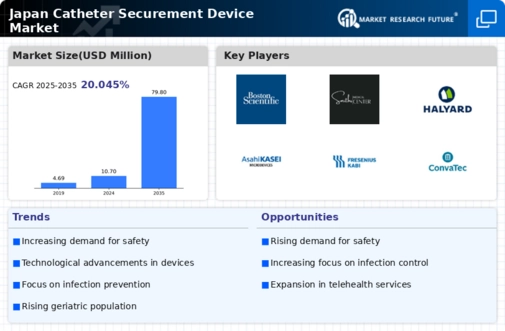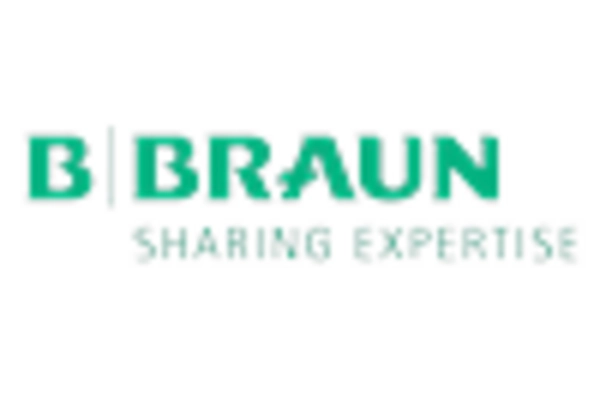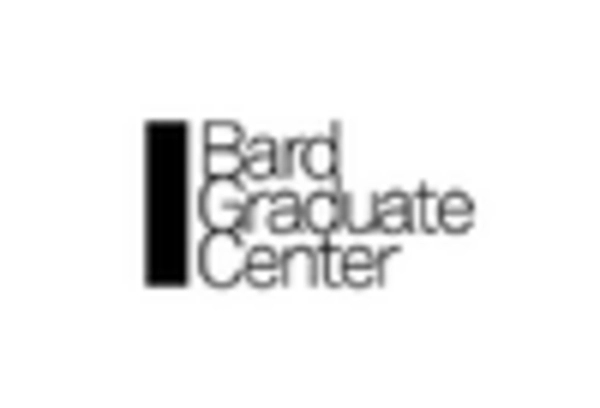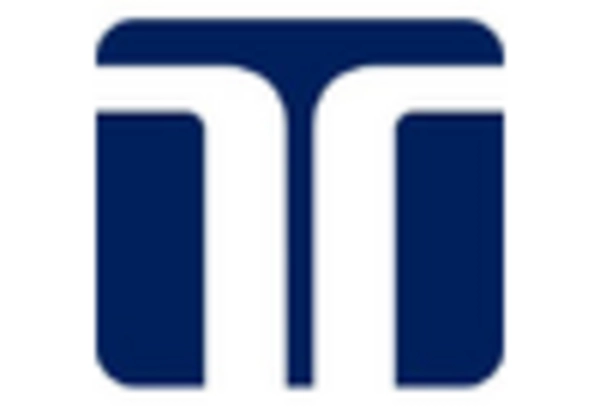Rising Healthcare Expenditure
The increasing healthcare expenditure in Japan is a pivotal driver for the catheter securement device market. As the government allocates more funds towards healthcare services, hospitals and clinics are likely to invest in advanced medical devices, including securement solutions. In 2025, Japan's healthcare spending is projected to reach approximately $500 billion, reflecting a growth rate of around 5% annually. This financial commitment enables healthcare facilities to enhance patient care and safety, thereby increasing the demand for catheter securement devices. Furthermore, the emphasis on reducing hospital-acquired infections aligns with the adoption of securement devices, which are designed to minimize complications associated with catheter use. Consequently, the rising healthcare expenditure is expected to significantly bolster the catheter securement-device market in Japan.
Increased Focus on Patient Safety
The heightened focus on patient safety is a significant driver for the catheter securement-device market. In Japan, healthcare providers are increasingly prioritizing strategies to prevent catheter-related complications, such as infections and dislodgement. This shift is reflected in the implementation of stringent guidelines and protocols aimed at enhancing patient safety. As a result, hospitals are more inclined to invest in securement devices that ensure proper catheter placement and stability. The market is expected to witness a growth rate of approximately 4% annually as healthcare facilities adopt these safety measures. Furthermore, educational initiatives aimed at training healthcare professionals on best practices in catheter management are likely to contribute to the increased adoption of securement devices, thereby positively impacting the catheter securement-device market.
Regulatory Changes Favoring Innovation
Regulatory changes in Japan are fostering an environment conducive to innovation within the catheter securement-device market. The Japanese government has been actively revising regulations to streamline the approval process for new medical devices, thereby encouraging manufacturers to introduce innovative solutions. This regulatory support is expected to enhance competition and drive advancements in securement technologies. In 2025, the market is projected to grow by approximately 5% as a result of these favorable regulatory conditions. Additionally, the emphasis on evidence-based practices and clinical outcomes is likely to push manufacturers to invest in research and development, further propelling the catheter securement-device market. As a result, the combination of regulatory support and innovation is anticipated to create a dynamic landscape for securement devices in Japan.
Growing Demand for Home Healthcare Solutions
The growing demand for home healthcare solutions is emerging as a vital driver for the catheter securement-device market. As Japan's population ages, there is a notable shift towards providing medical care in home settings. This trend necessitates the use of securement devices that ensure the safe and effective management of catheters outside traditional healthcare facilities. The home healthcare market in Japan is projected to expand at a CAGR of 7% through 2030, driven by the increasing preference for at-home care among patients and their families. Consequently, manufacturers are likely to develop securement devices tailored for home use, which could further stimulate the catheter securement-device market. This shift not only enhances patient comfort but also reduces the burden on healthcare systems.
Technological Innovations in Medical Devices
Technological innovations play a crucial role in shaping the catheter securement-device market. The introduction of advanced materials and designs enhances the efficacy and safety of securement devices. For instance, the development of adhesive technologies that provide better skin adherence while minimizing trauma is gaining traction. In Japan, the market for innovative medical devices is anticipated to grow at a CAGR of 6% from 2025 to 2030. This growth is driven by the increasing demand for devices that improve patient outcomes and reduce the risk of complications. Additionally, the integration of smart technologies, such as sensors that monitor catheter position, is likely to revolutionize the market. These innovations not only improve the functionality of securement devices but also align with the broader trend of digital health solutions, further propelling the catheter securement-device market.

















Leave a Comment